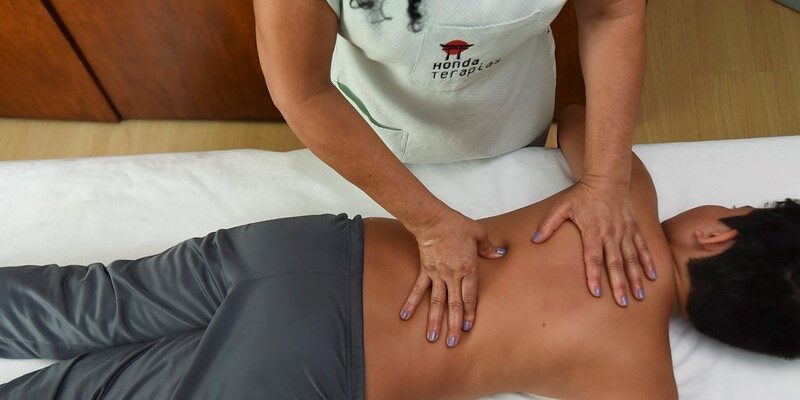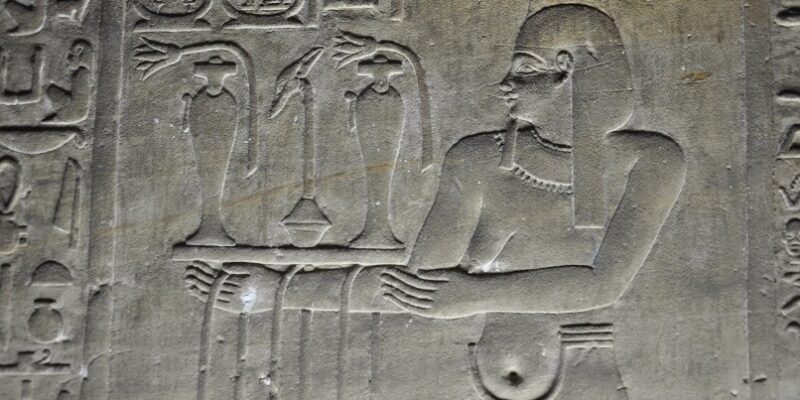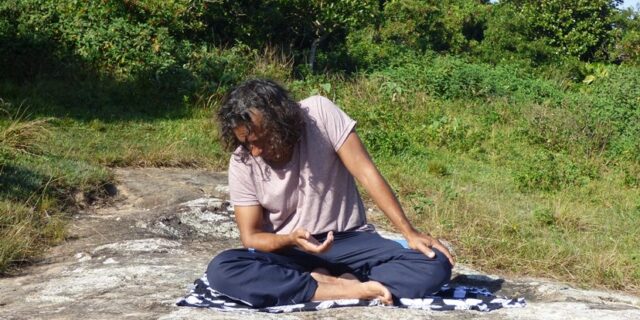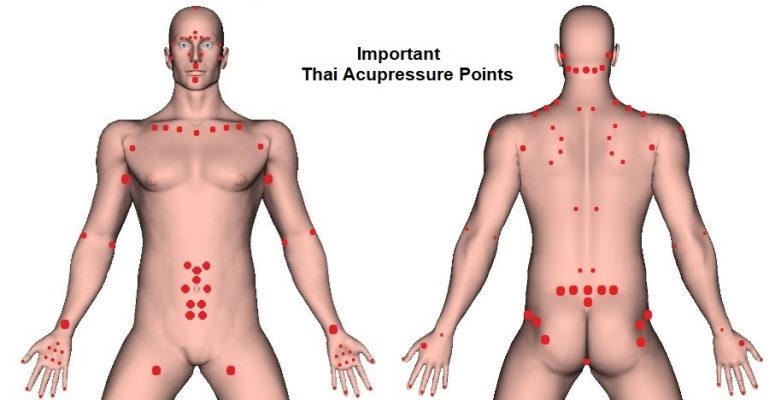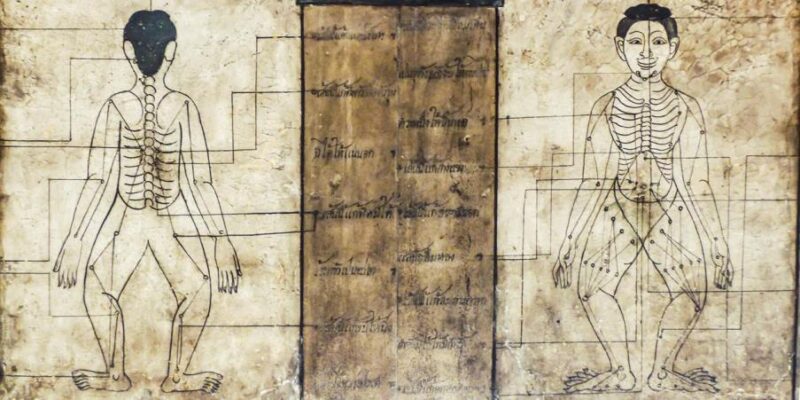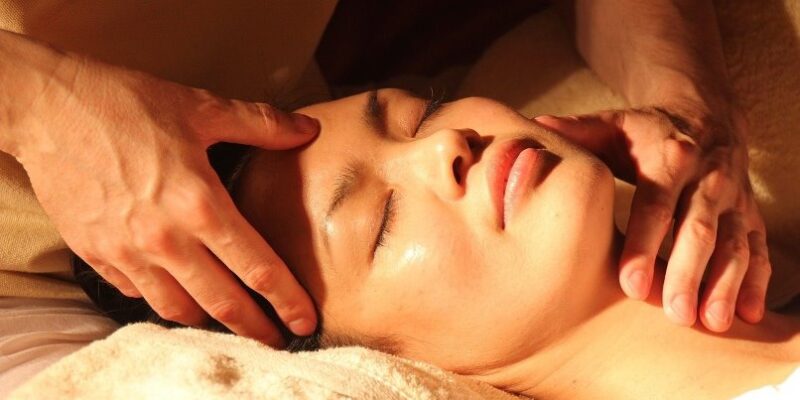
Thai Acupressure is primarily based on the idea of manipulating the flow of Prana Life Force (called Lom Pran in Thailand) at specific locations of the body.

According to Thai Traditional Medicine theories, these locations or acupressure points (i.e. acupoints) can be found along the Sib Sen Energy Lines, the latter defined as the (invisible) pathways or channels in the body for Lom Pran (Prana Life Force).
The acupressure points are said to be physical locations along the Sen Lines, either manipulated to release blocked or congested Life Energy flow, or to activate stagnant or soothe surplus energy. The final aim of Thai Acupressure is to promote the uninhibited and balanced distribution of Lom Pran across the body in order to stimulate health and wellbeing.
Although all locations along the Sen Energy Lines are in fact acupressure points (which makes an infinite number of acupoints to be found throughout the body), some of these points have more importance than others and are known to strongly influence specific organs or body (and mind) systems, that is, they are worked on to treat certain illnesses or to relieve pain.
Nevertheless, mind that Thai Acupressure is not the same as reflexology, although it’s a thought quite widespread to the extent that Thai Acupressure is sometimes used synonymously with Thai Reflexology. In truth, we should consider that manipulating or unblocking certain important acupressure points along the Sen Lines influences the particular function of a given Sen Line and corresponds with that Sen Line’s therapeutic indication. This might seem to be a form of reflexology, but in essence it’s not because it’s aimed at freeing or stimulating congested Life Energy (Lom Pran) to flow in a balanced and natural way.
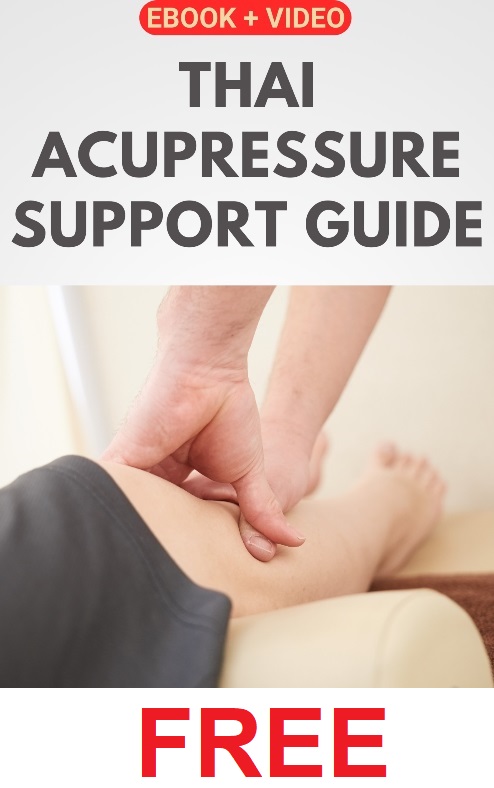
Having said that, in Thailand you’ll find plenty of Thai Foot Reflexology offerings (or Thai Foot Massage & Reflexology), but these reflexology treatments are predominantly based on Chinese Foot Reflexology, Traditional Chinese Medicine (TCM), and Ayurvedic concepts. In fact, the influence of Chinese bodywork (just like that of Ayurvedic bodywork) on the Thai Healing Arts is rather profound and longstanding, and sometimes it’s not very clear what’s “authentic Thai” and what not.
At any rate, Thai Acupressure is usually applied with the fingers, although mostly with the thumbs, but in Thailand it’s not uncommon to alternate this by using other parts of the body like the hand palms, knuckles, elbows, feet, heels, or knees, all depending on the goal of applying acupressure, the receiver’s body, and the body parts that are manipulated. Additionally, specific tools may be used to give acupressure, such as wooden sticks, stones, and herbal compresses.
Thai Acupressure is given on the soft tissues of the body or on depressions and openings in or between bones, and preferably not directly on the bones, on injuries, skin infections, or hyper-sensitive areas. Moreover, there are some acupoints that are rather vulnerable and which should only be pressed lightly and of short duration.








